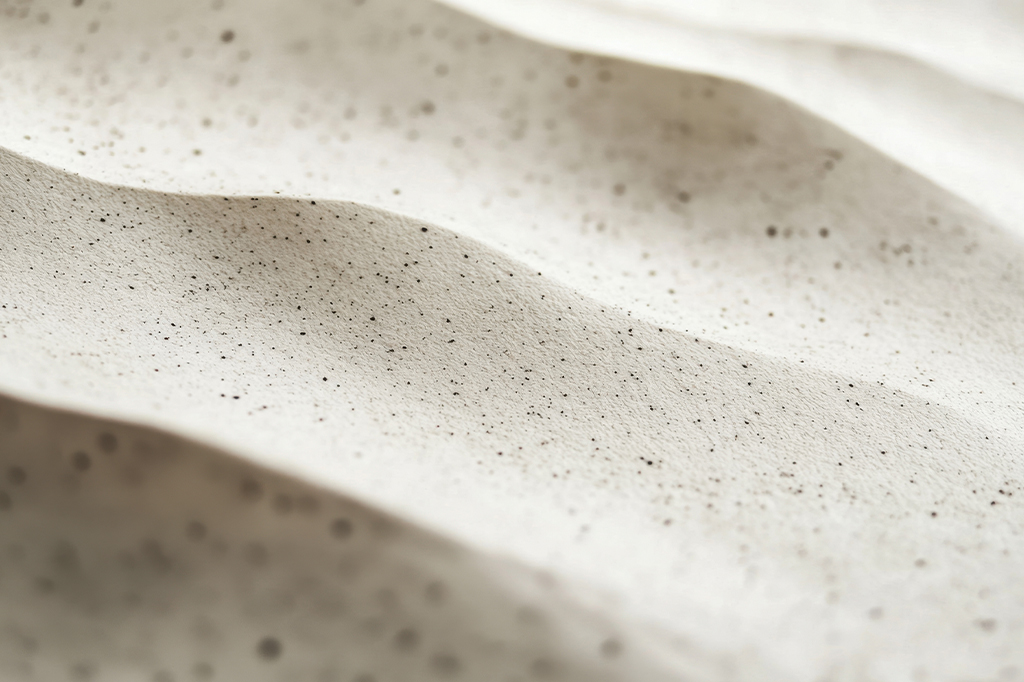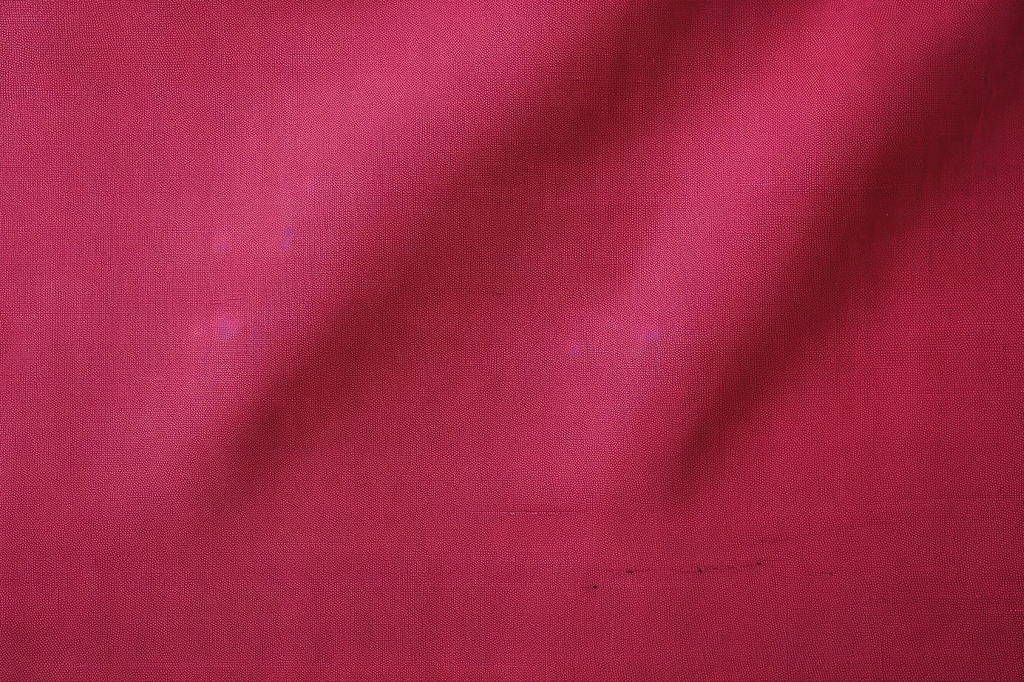Perimenopause is a stage of transition prior to menopause in which hormonal oscillations can have a significant impact on women’s physical and mental well-being. The years immediately after the arrival of menopause, which is defined as a period of twelve consecutive months without menstruation, can be experienced in an even more negative way.
One of the aspects that reduces the quality of life of women in any of these phases is the loss of confidence in their own body image, which can result in emotional problems.
The appearance of stretch marks and scars during this time of life can be a traumatic experience, as the healing process is slower and the likelihood of them not disappearing is also higher.
Causes of the appearance of stretch marks and scars during menopause
The reduction in the production of collagen and elastin in menopause, mainly associated with the fall in oestrogen levels and the ageing process itself, facilitates the appearance of stretch marks if there is a sudden loss or gain in weight, as the skin is thinner and does not have the necessary elasticity to stay intact, so the elastic fibres of the connective tissue end up breaking. Similarly, collagen and elastin are decisive in the process of healing wounds or burns, and therefore healing processes are difficult.
High levels of cortisol, the stress hormone, can further weaken the elastic fibres of the skin, also fostering the appearance of stretch marks. This hormone is usually found at higher levels during menopause due to psychological stress and the development of some insulin resistance, two aspects that must be treated properly if necessary.
Main symptoms

White or silver stretch marks
These stretch marks are caused by the loosening of skin with dermal atrophy, i.e. the tissues of the dermis are thinner and less elastic. Although stretch marks can be clearly seen on the epidermis, the breakage occurs in deeper layers resulting from the passage of the inflammatory stage of the lesion to the scar phase.

Reddish or purple stretch marks
Purple stretch marks are the stage prior to the formation of the stretch mark scar, and their colour comes from the presence of vascularisation. During this stage of the lesion prior to scarring it is easier to diminish them and even diffuse them completely by using effective treatments that moisturise the skin and promote the production of collagen.
Treatments for stretch marks and scars
Mesotherapy
Mesotherapy
Mesotherapy has been referred to for several years as one of the most effective medical-cosmetic techniques for the treatment of...
Read moreCarboxytherapy
Carboxytherapy
Some aesthetic medicine techniques are unknown to many people. This is the case with carboxytherapy, a technique that promotes the...
Read moreChemical pee
Chemical pee
Skin renews itself every 28 days. However, over time, this process slows down. To rejuvenate their face, many people opt...
Read moreMicroneedling
Microneedling
Microneedling has been referred to for several years as one of the most effective minimally invasive techniques for treating cosmetic...
Read moreFAQs
What can I do to improve the appearance of my stretch marks or scars?
Excellent professional treatments for improving the appearance of skin with stretch marks and scars are microneedling and mesotherapy, but they must be carried out in specialised aesthetic clinics. These procedures are carried out by creating micro-lesions with very fine needles to stimulate the natural production of collagen and elastin of the skin in its regeneration process. In addition, during mesotherapy sessions, cosmetic compounds are introduced into the deep layers of the skin, formulated with peptides, vitamins, coenzymes and amino acids, among others. This is something that can’t be done with just topical creams, as they are not able to cross the epidermis barrier on their own.
Patients can start to see notable differences from the third session, although depending on the type of stretch marks or scars, more sessions may be needed to see real changes. Their great advantage is that they are minimally invasive methods that allow patients to immediately return to normal life as long as sun protection is used and proper skin care is applied.
Does almond oil work in improving the appearance of stretch marks?
Almond oil and moisturising creams generally only work if they are applied as prevention before the appearance of stretch marks, since well-hydrated and elastic skin is less likely to develop these kinds of skin lesions. For this reason, it is important to regularly use creams with emollient agents such as, for example, hyaluronic acid.
Can I treat my stretch marks and scars using retinoids?
Although one of the main topical treatments for stretch marks is retinoids due to their ability to rebuild the lost collagen, and more specifically tretinoin or retin-A (a form of vitamin A), the fact is that its effect on stretch marks is not usually very noticeable. To this end, it should be added that in Europe it is only possible to obtain tretinoin by medical prescription, since it can cause side effects such as irritation, dryness and even skin painl.

